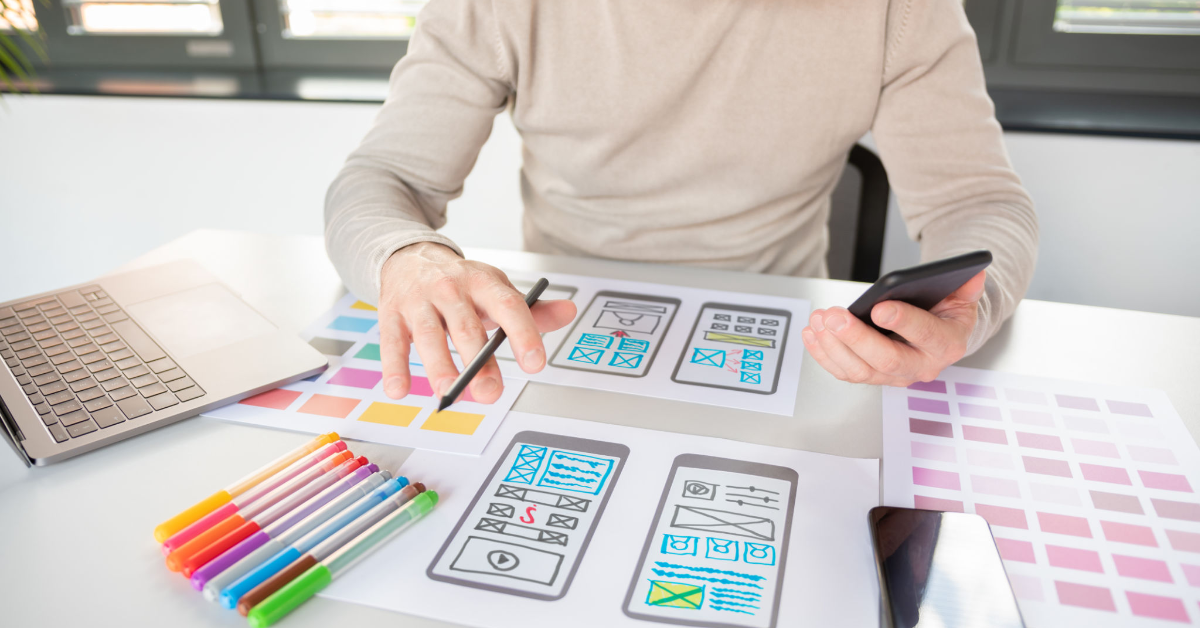7 Key Benefits of Hi-Fi Prototyping for New Product Ideas
 Threeaid
Threeaid
Creating a successful website or mobile application requires a clear understanding of the problem, visualization and definition of the solution, and the implementation of that solution. It's frustrating to spend time on a problem only to encounter avoidable mistakes. This is where prototyping becomes an invaluable tool for user experience (UX), user interface (UI), and web designers.
Prototyping plays a crucial role in identifying problems, creating solutions, and enhancing the user experience of products and services. When comparing low-fidelity and high-fidelity prototypes, high-fidelity prototypes often provide better insights into the actual product and facilitate validation from stakeholders. Despite being more costly and time-consuming, high-fidelity prototyping is worthwhile, especially for new concepts you want to launch. Here’s why:
1. Enhances the Product Discovery Process
User feedback is vital in identifying design flaws that may not be obvious during creation, speeding up the iteration process. By using high-fidelity prototypes, you can observe how real users interact with your final product, improving the overall user experience by incorporating their feedback into development. Users will alert you to any flaws and may offer suggestions for improvements, allowing you to address pain points before the product hits the market.
2. Helps Develop a Concrete Plan
Planning is a fundamental aspect of launching a new product. Without a solid business plan, you're likely planning to fail. You need to outline product development, resource allocation, and budget considerations. By creating prototypes, you gain a rough estimate of the time required to complete the entire process, allowing you to set realistic deadlines for a timely product launch.
3. Resolves Internal Stakeholder Conflicts
Bringing a new product to market demands significant resources and can lead to disagreements among different departments or contributors. Quick mockups can help resolve disputes by demonstrating how the product functions, allowing design teams to focus on improving the overall design. A prototype accelerates time-to-market and helps prevent costly design errors when team members are aligned.
4. Saves Money in the Long Run
Every business risks having failed products, and there’s no harm in that. However, not every budget allows for constant experimentation. Prototyping reduces failure risk. Your business idea starts as a rough concept that needs polishing before reaching the audience. Early prototyping helps identify and eliminate bugs, saving money by fixing issues before they become more significant and resource-intensive.
5. Aids in Accurate Resource Allocation
A working prototype significantly enhances planning efficiency, resulting in smoother and more efficient project execution. Anticipating potential obstacles allows you to allocate the necessary time and resources to address them. Prototyping also helps assess product scalability and the team’s ability to progress. If outsourcing is needed, planning ahead is crucial to avoid mid-project disruptions.
6. Prevents the Creation of Unwanted Products
Skipping prototyping risks making costly mistakes and missing user feedback that could improve the final product. It also leads to incorrect assumptions about product marketability. Prototypes help validate ideas and ensure feasibility, reducing the likelihood of developing products that lack market demand. Launching a minimum viable product first can test market needs effectively.
7. Strengthens Investor Pitches
While a design showcases the final product's appearance, it doesn’t prove its worth. Abstract concepts require physical representation for successful pitches within your company and to investors. A working prototype demonstrates the concept’s value and helps your team market it effectively. While aesthetics influence purchasing decisions, investors value functionality and a high return on investment. Prototypes prove market interest and can secure investment.
Conclusion
As the saying goes, "A stitch in time saves nine." Early error detection avoids allocating more resources to fix problems later in development. Before advancing your product, ensure it is free of flaws with a strong prototype. Are you ready to turn your project ideas into successful products? Let's discuss how to bring your concept to life with prototyping or a minimum viable product!
Subscribe to my newsletter
Read articles from Threeaid directly inside your inbox. Subscribe to the newsletter, and don't miss out.
Written by
